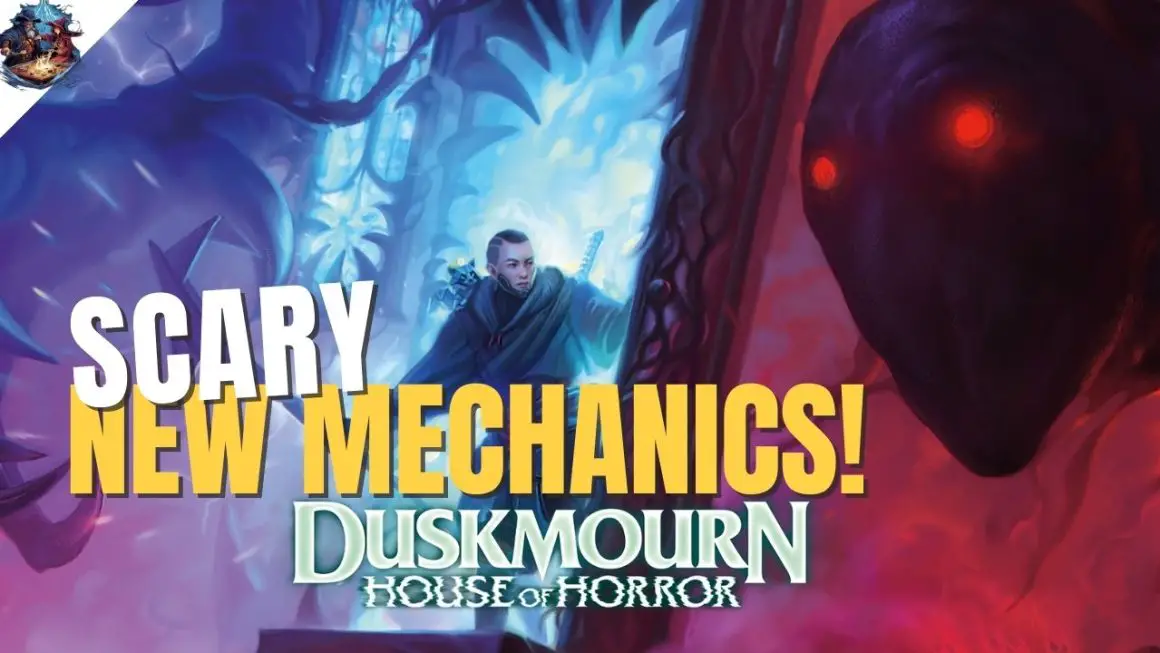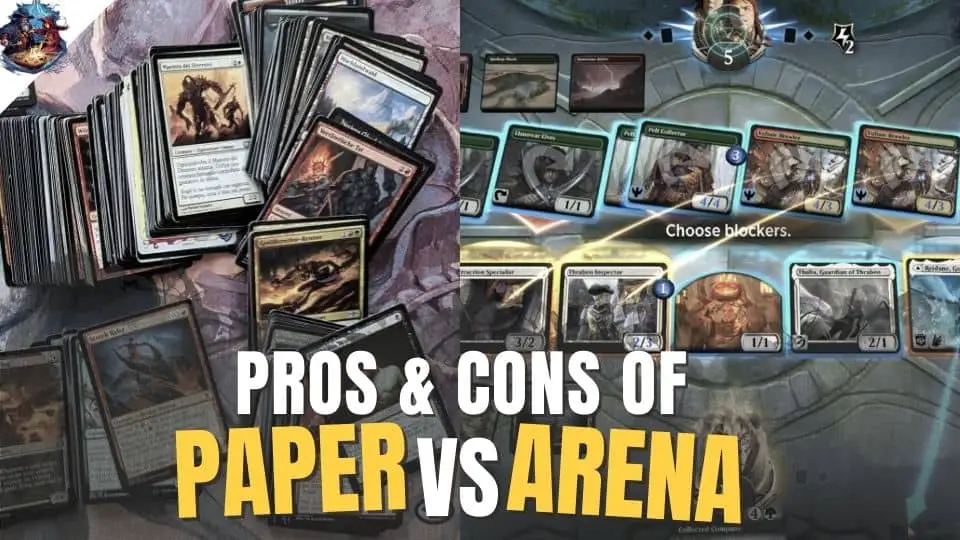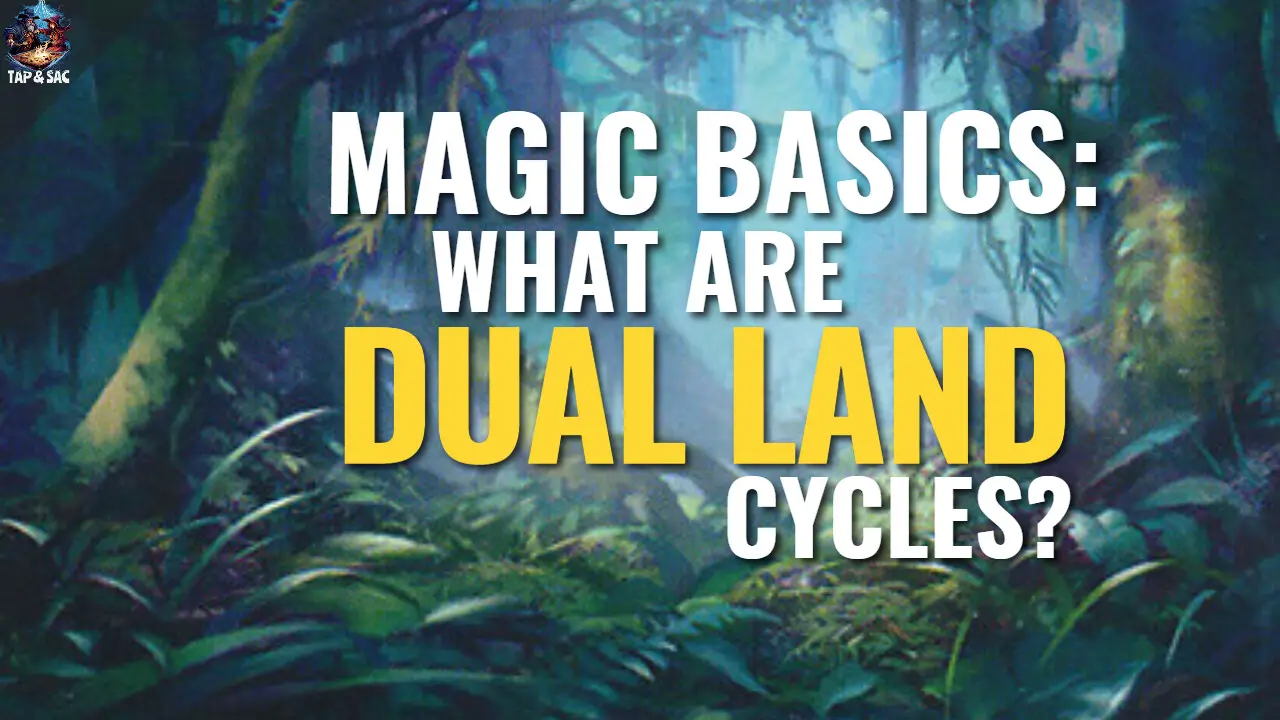The battle has been fought, and your Creatures are alive and licking their wounds. Your turn is winding down, and thus begins the End Step, where certain effects wear off, including damage to your Creatures, and most importantly to discard down to Hand Size.
Three Main Actions To Take In the End Step
1: Creature Toughness Returns To Normal, Damage Wears Off
Supposing your 1/3 Pegasus had blocked the opponent’s 2/2 Goblin earlier in the Combat Phase, your Pegasus would be alive but with 1 Toughness remaining. The Toughness stays at 1 for the rest of that turn, giving the opponent a chance to kill it off with 1 damage.
However, at the End Step, damage wears off and your 1/1 Pegasus will revert back to a 1/3 Pegasus. This is one of the major differences how MTG differs from other card games, where any reduced health stays permanent. This unique feature of MTG gives heightened importance to Creatures as blockers, and thus encourages players to use more of them.
2: End-of-Turn Effects Take Place
One of the most common phrases you’ll see in MTG is “until end of turn.” The End Step is where all of this happens, but more specifically, at the very last moment of the turn.

Let’s look at Instants and Sorceries such as Act of Treason and Righteous Blow. These are temporary effects that last until the end of the turn it was cast. At the moment where it ceases to be your turn and it’s passed over to the opponent’s, that’s when these effects take place simultaneously.
A common misconception among beginners is that these effects take place one at a time. While this is true for effects on the “Stack,” others such as “end of turn” and “combat damage” all happen simultaneously.
3: Discard Down to 7 Cards
Hand size is traditionally set to 7 cards – meaning that any cards in excess of that have to be discarded away to the Graveyard. The discarding player can choose which cards will go, unlike other card effects that force a player to discard at random.

There are some cards that disregard this need to discard, for example Spellbook or Anvil of Bogardan. These effects are not common but the decks that run them often lean on drawing massive numbers of cards to win the game.
Sometimes when your deck will not cooperate and you are drawing spell after spell without enough Mana to cast them, your hand size will grow beyond 7. That’s also a common scenario many players will experience.
End Step
There are also a few cards with very specialised effects such as the recent Discontinuity, which ends the turn immediately once resolved. If Discontinuity is cast in the first Main Phase, for example, then the active player will not get a Combat Phase. However, since Discontinuity “ends the turn,” it is essentially telling the active player to move directly to the End Step, as mentioned in its text:
End the turn. (Exile all spells and abilities from the stack, including this card. The player whose turn it is discards down to their maximum hand size. Damage wears off, and “this turn” and “until end of turn” effects end.)
from Discontinuity
When that happens, clauses such as “at the beginning of end step” do not take place. If you had Ilharg, the Raze-Boar and brought a Creature into play using his ability, Discontinuity would ensure that you do not have to return the Creature to your hand.
Check out more of our articles from the Learning Guide!
- New Duskmourn Mechanics – Room Enchantments, Eerie, Impending & Manifest Dread!Peek into void of Duskmourn and discover new and scary mechanics that will be introduced in the latest horror-filled set. What are Rooms? Are they Eerie?
- Paper vs Arena for Magic: the Gathering: Analyzing 6 Pros and ConsMTG Paper vs Arena – Which is better? If you’re new to the game and torn between playing on paper or digital, here are the pros and cons of each medium.
- Magic Basics: Understanding Non-Basic Dual Lands | MTGYou’ve learned how to tap a Basic Land for mana, but there are also Nonbasic Lands that tap for 2 or more colours. Do you know all the Dual Land cycles in MTG?
- Magic Basics: What’s the Difference Between Activated, Triggered and Mana Abilities?Abilities are everywhere in Magic, but there are different types from Activated to Triggered and Mana abilities. Now you can understand the basic differences.
- Magic Basics: What is Commander Damage?You’ve been playing Commander for awhile, but how often have you won by Commander damage? Here are some tricky scenarios that all players should know!
- Magic Basics: Sealed Format for Prerelease EventsPrerelease events are an early preview to new MTG cards, and are played in a “Sealed” format. Here’s all you need to get started!
- Magic Basics: Gladiator Format Pros and Cons ExplainedDo you like longer games, lots of back and forth, and casting big spells? Gladiator format might be right for you, as a casual way for new players to learn!
- 3 Simple Steps On Your Wary to Build a Magic: the Gathering DeckAre the different formats, deck sizes and restrictions confusing? We break down deck building to 3 core principles and you’re on your way to playing Magic!




